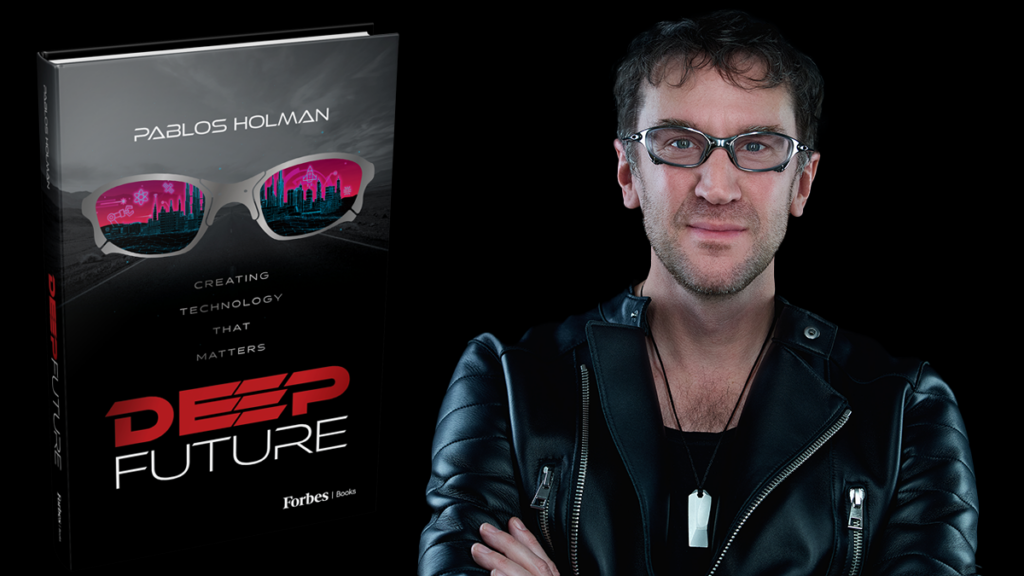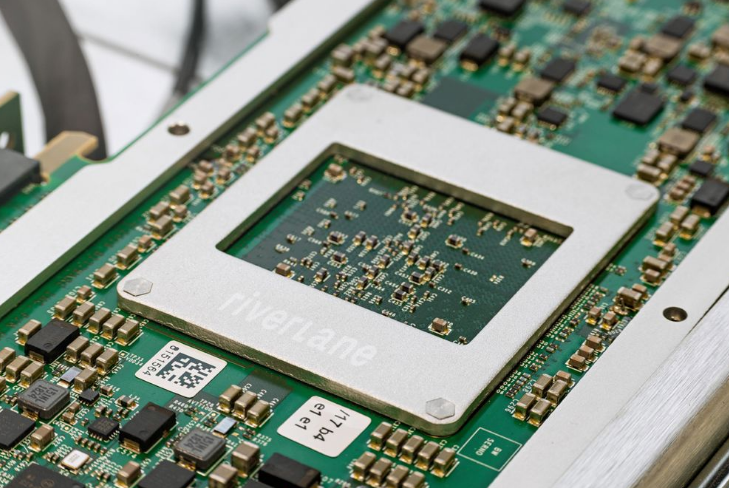Insider Brief
- Researchers developed CiFold, a graph-based system that reduces quantum resource overhead by up to 799.2%, enabling larger quantum computations on current hardware.
- CiFold dynamically identifies and folds repeated patterns within quantum circuits, optimizing execution and improving efficiency compared to existing methods.
- By leveraging hybrid quantum-classical computation, CiFold advances quantum computing scalability, paving the way for applications in cryptography, materials science and machine learning.
The limitations of current quantum computers have constrained their practical applications.
Now, researchers have developed CiFold, a system that reduces quantum resource overhead by up to 799.2%, providing a potential pathway for executing larger quantum algorithms on existing hardware.
The study, published on the pre-print server arXiv , addresses a key challenge in quantum computing: the inability of today’s Noisy Intermediate-Scale Quantum (NISQ) devices to process large quantum circuits. CiFold leverages a technique called circuit knitting, which partitions large quantum circuits into smaller subcircuits, making them compatible with the limited resources of current quantum hardware. By introducing a graph-based framework, CiFold optimizes this process by identifying repeated patterns within quantum circuits, folding them efficiently, and guiding their partitioning through advanced algorithms, according to the team from Fordham University, the University of Washington and Stevens Institute of Technology.

Findings and Implications
Quantum circuits, the foundation of quantum computing, require significant hardware resources. Current devices, with qubit counts ranging from 50 to 150, struggle with large-scale computations due to noise and limited capacity. Noise, caused by environmental interference and imperfect qubit operation, exacerbates errors in quantum computations, limiting algorithmic fidelity. Error correction techniques are advancing but remain computationally expensive and difficult to scale.
CiFold directly tackles these challenges by identifying and folding recurring patterns at the qubit level, effectively reducing the quantum resource burden, according to the researchers. Unlike earlier methods that treated circuits as monolithic entities, CiFold’s modular approach decomposes circuits into manageable components, dramatically lowering the quantum resources required for execution. Tests across various quantum algorithms, including the Quantum Fourier Transform and Grover’s Search, showed that CiFold consistently outperformed existing methods. In one case, the system reduced quantum resource overhead by nearly 800% while maintaining computational accuracy.
The implications of these findings extend beyond technical efficiency.
“Our system has been extensively evaluated across various quantum algorithms, achieving up to 799.2% reduction in quantum resource usage, demonstrating its scalability and substantial performance improvements over state-of-the-art approaches,” the researchers write.
They also suggest that the method could accelerate progress in fields where quantum computing promises exponential speedups over classical methods.
They add: “This hybrid approach is essential for making current quantum devices more practical and effective, enabling progress in fields like machine learning, chemistry, and cryptography, where a combination of quantum and classical resources is necessary for near-term solutions.”
Methodology
CiFold employs a graph-based approach to quantum circuit management, a method designed to optimize the execution of circuits too large for current quantum processors. Quantum circuits are represented as graphs, with nodes corresponding to gates and edges to qubit interactions. The system analyzes these graphs to find repeated structures, which are then folded into simplified meta-graphs.
This folding process reduces the computational burden by recognizing redundancy in gate sequences. For instance, many quantum algorithms contain repeated operations, such as sequences of Hadamard and Controlled-NOT gates. CiFold identifies these patterns at the qubit level, consolidates them, and treats them as a single unit during execution.
Once folded, the circuits are partitioned into smaller subcircuits, which can be executed on existing quantum hardware. Classical computers then reconstruct the results by combining the outputs of these subcircuits. This hybrid approach minimizes the number of subcircuit executions required, improving efficiency compared to traditional circuit-knitting methods like FitCut and Qiskit-Addon-Cutting.
One of CiFold’s key innovations is its dynamic identification of cutting points. Earlier methods relied on predefined locations for partitioning circuits, limiting their flexibility. CiFold’s graph-based analysis adapts to the structure of each circuit, ensuring that the partitioning process is optimized for the available quantum hardware.
Challenges and Limitations
There are challenges with the new technique, the paper indicates. The system relies on advanced graph-processing algorithms, which require substantial classical computational power. While this approach is efficient compared to existing methods, it still involves a trade-off between classical and quantum resources. Classical reconstruction of results, although less demanding than running larger quantum circuits, can still become a bottleneck for highly complex algorithms.
CiFold’s effectiveness is also tied to the structural patterns of the input circuits. Algorithms with less inherent modularity may not see the same level of performance gains. This means that while CiFold excels with algorithms like Quantum Fourier Transform, which feature regular and repetitive structures, it may be less effective for highly irregular or non-modular algorithms.
The researchers report on practical constraints in hardware integration. Current quantum devices have limited qubit connectivity and noise rates that vary between qubits. Although CiFold accounts for these limitations, its performance depends heavily on the underlying hardware’s reliability and precision.
Future Directions
The team aims to integrate CiFold into broader quantum-classical workflows, ones that could enable seamless execution of larger quantum algorithms. Future work will also explore adapting the system for emerging quantum hardware architectures with higher qubit counts and lower noise levels.
Another avenue of development involves refining the system’s classical reconstruction process. While CiFold currently leverages advanced algorithms to combine subcircuit outputs, further optimizations could reduce computational costs and improve accuracy. Researchers are also investigating ways to integrate CiFold with quantum error correction techniques, potentially creating a unified framework for error mitigation and resource optimization.
The researchers envision CiFold becoming a standard tool in the quantum computing toolkit. By enabling large-scale computations on today’s limited hardware, CiFold could accelerate the development of quantum algorithms for real-world applications. Industries such as pharmaceuticals, finance, and materials science stand to benefit from this technology, as quantum computers become increasingly capable of solving problems beyond the reach of classical systems.
Broader Impacts
The study underscores the importance of hybrid quantum-classical approaches in advancing quantum computing. By leveraging classical computation to extend the capabilities of quantum devices, techniques like CiFold bring the field closer to addressing real-world problems.
As the researchers note, CiFold’s modular approach aligns with the broader trend of increasing scalability in quantum computing. Tools like CiFold not only push the boundaries of what’s possible with current hardware but also lay the groundwork for the next generation of quantum technologies.
The advance — if it proves out — is timely, coming at a pivotal time for quantum computing, where researchers and entrepreneurs are determined to scale these devices. As quantum hardware improves, the need for efficient middleware systems like CiFold would likely grow, ensuring that quantum computing can meet the demands of commercial and scientific applications.
The pre-print paper, which means the work has not been officially peer-reviewed, is highly technical. If you have deeper questions than this summary article can provide, please read the paper here.
The research team behind the development of CiFold includes Shuwen Kan, Yanni Li, and Ying Mao from Fordham University in New York; Hao Wang from the Stevens Institute of Technology in Hoboken, New Jersey; and Sara Mouradian from the University of Washington in Seattle.


















